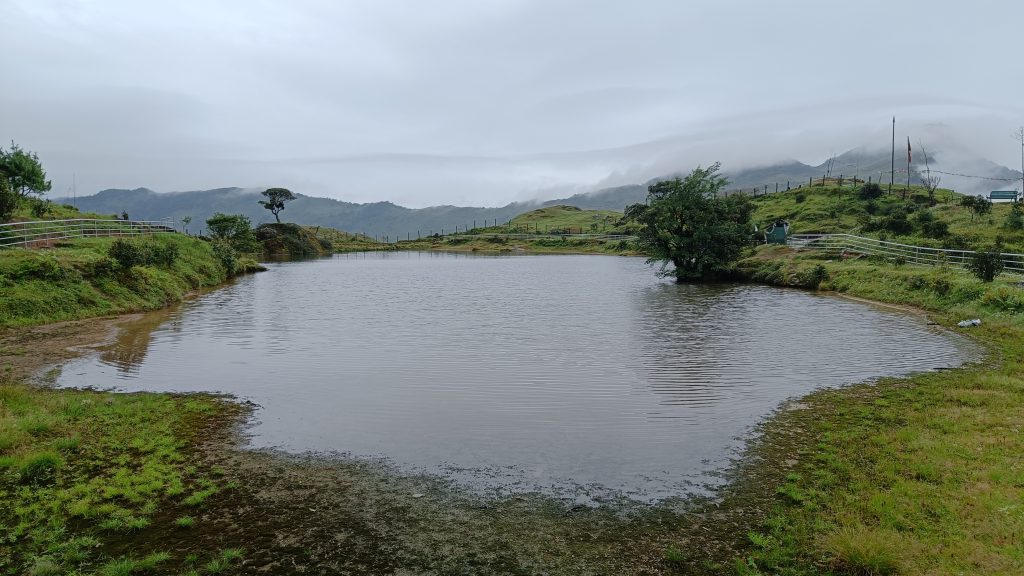Gupha pokhari
Gupha Pokhari, or Gufa Pokhari, is a tranquil, sacred pond in eastern Nepal’s Sankhuwasabha District. It is situated at an elevation of 2,890 meters above sea level. This pond is a natural marvel and a cherished pilgrimage site for both Hindus and Buddhists. The name “Gupha Pokhari,” meaning “Cave Pond,” was given by priests in the 20th century who meditated in nearby caves. Previously called Siddha Marga Pokhari, the pond is believed to have wish-granting powers. This is similar to the renowned Manakamana Temple in Gorkha. The blend of natural splendor and spiritual significance makes Gupha Pokhari a unique destination.
The pond is part of the Tinjure Milke Jaljale Trail, the “Rhododendron capital of Nepal.” It hosts the highest number of Rhododendron species in the country, with 28 out of the 32 species found in Nepal. This region is rich in biodiversity, providing habitat to various birds and mammals. On clear days, visitors can enjoy panoramic views of peaks like Makalu, Kangchenjunga, and even Mt. Everest.
Gupha Pokhari’s cultural significance is intertwined with its natural beauty. It reflects the harmonious relationship between nature and spirituality in Nepalese culture. The pond is a focal point during religious festivals, where pilgrims perform rituals and seek blessings.

The best time to visit Gupha Pokhari is between February and May when the weather is favorable, and rhododendrons are in full bloom. For those seeking a winter experience, November to December offers a snowy landscape. The region supports homestays, allowing visitors to immerse themselves in Sherpa culture and hospitality.
Gupha Pokhari is more than just a pond. It symbolizes peace, faith, and a haven for nature lovers. Its tranquil waters reflect the majestic Himalayas, while its shores resonate with countless pilgrims. As a natural and cultural gem, Gupha Pokhari captivates all who visit. This essay highlights Gupha Pokhari’s significance as a natural, cultural, and spiritual landmark in Nepal.
